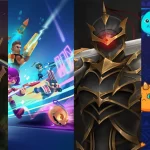Crypto gaming is a term that refers to games that use blockchain technology, cryptocurrencies, and non-fungible tokens (NFTs) to create new experiences for players. Crypto games can offer benefits such as:
- Play-to-earn: Players can earn crypto tokens by playing games, completing tasks, or selling their in-game assets. These tokens can be exchanged for real money or other cryptocurrencies. This can provide a new source of income for gamers, especially in developing countries where gaming can be a viable alternative to low-paying jobs. For example, some players of Axie Infinity, a popular crypto game, have reported earning more than $1,000 per month by playing the game. play-to-earn games are a new form of digital entertainment that rewards players for investing their time and skills into games and a way to democratize gaming and empower players to own their digital assets.
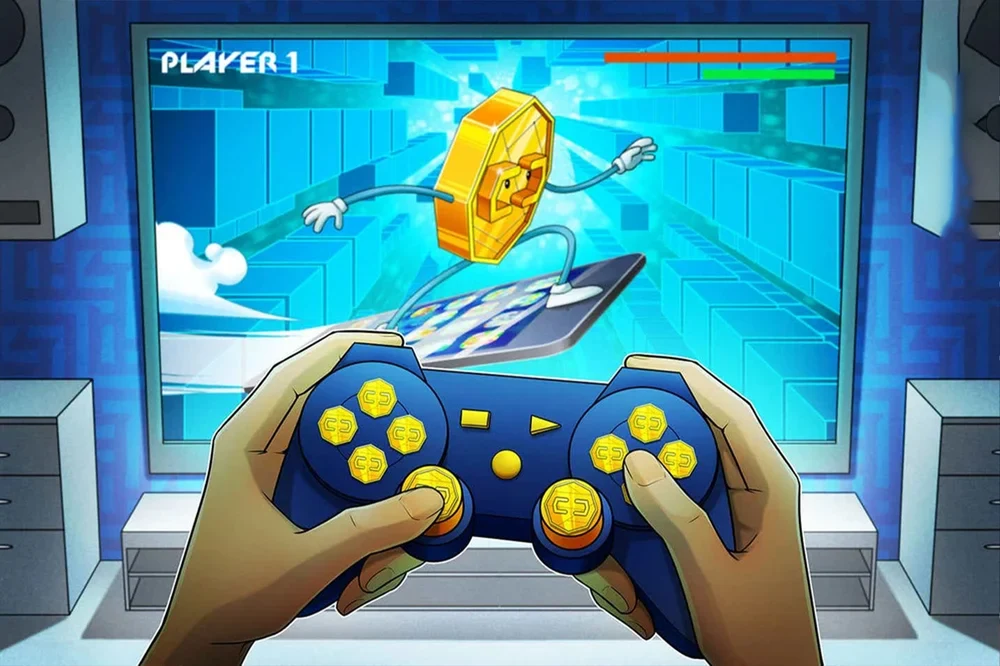
- Ownership and scarcity: Players can own their in-game assets as NFTs, which are unique and verifiable digital items that can be traded on various platforms. NFTs can also represent rare and valuable items that are limited in supply. This can create a sense of ownership and pride for gamers, as well as a potential for profit if they decide to sell their NFTs. For example, some NFTs from CryptoKitties, one of the first crypto games, have sold for over $100,000. NFTs are a way to prove ownership and authenticity of digital items and a way to create digital scarcity and uniqueness.
- Interoperability and innovation: Players can use their crypto assets across different games and platforms, creating a metaverse of interconnected virtual worlds. This can enhance the gaming experience by allowing players to explore different genres and styles of games with their existing assets. Developers can also leverage blockchain technology to create new features and mechanics that are not possible in traditional games. For example, Decentraland, a virtual world powered by blockchain, allows users to create and monetize their own content and experiences. Interoperability is a way to enable cross-game compatibility and portability of digital assets and innovation is a way to unleash new possibilities and opportunities for game design and development.
You can learn much more about crypto gaming here: What are cryptocurrency Games?
Some of the most popular crypto gaming titles in 2023 are:
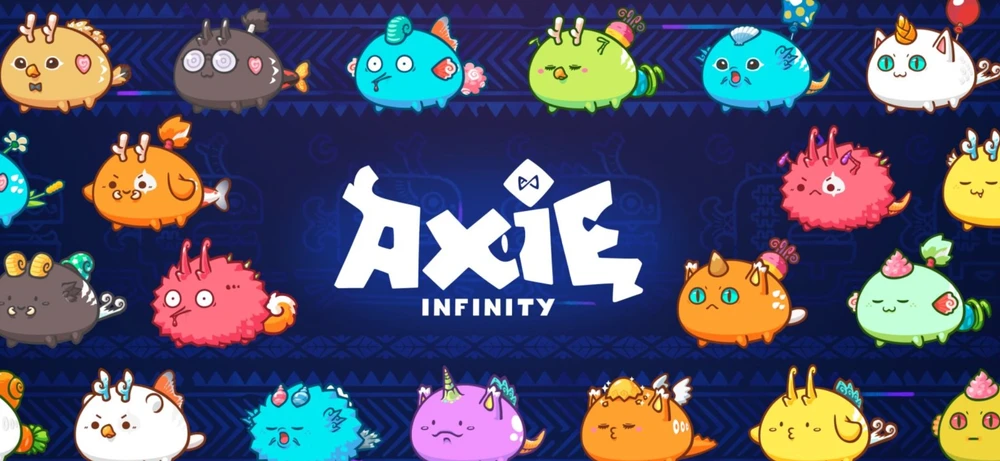
- Axie Infinity: A Pokemon-like game where players collect, breed, and battle creatures called Axies. Players can earn tokens by winning battles and completing tasks, which can be traded for Ethereum. The game has over 2 million daily active users and has generated over $2 billion in revenue. Axie Infinity is the most successful play-to-earn game in history and a pioneer in creating a vibrant digital nation powered by its own economy.
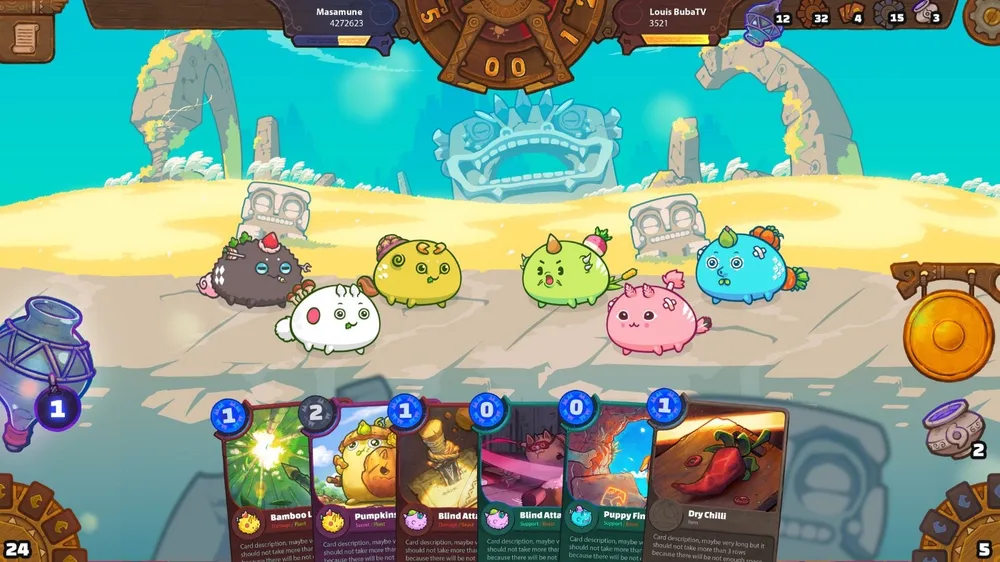
- The Sandbox: A virtual world where players can create and explore user-generated content. Players can also buy and sell land parcels, items, and avatars as NFTs. The game has partnered with several brands and celebrities, such as The Walking Dead, Snoop Dogg, and Atari. The Sandbox is one of the most anticipated metaverse projects and a leader in empowering creators through its user-generated content platform.
- Star Atlas: A space exploration game where players can explore, trade, and fight in a futuristic galaxy. Players can also own spaceships, planets, and resources as NFTs. The game features stunning graphics and immersive gameplay powered by Unreal Engine 5. Star Atlas is “one of the most ambitious crypto games ever made and a trailblazer in combining cutting-edge technology with blockchain innovation.
- Illuvium: A fantasy role-playing game where players can capture and battle creatures called Illuvials. Players can also stake their tokens to earn rewards and governance rights. The game boasts AAA-grade graphics and an ambitious scope of creating a massive open-world adventure. Illuvium is one of the most visually impressive crypto games and a pioneer in creating a decentralized autonomous organization (DAO) for its community.
- Tamadoge: A game ecosystem that features several games such as Super Doge, a Mario-style platformer, and RobotEra, a PVP shooter. Players can use the TAMA token to buy NFT avatars and items. The game has a loyal community of fans and supporters who enjoy its fun and engaging gameplay. Tamadoge is one of the most innovative crypto games and a leader in creating a diverse gaming ecosystem powered by its own token.
Also read: Best crypto games that you should try
Crypto gaming is expected to grow rapidly in the coming years, as more gamers and developers embrace the potential of blockchain technology. Crypto games can provide new ways of entertainment, socialization, and income for players around the world.

However, crypto gaming also faces some challenges that need to be overcome before it can reach mass adoption. Some of these challenges are:
- Volatility: Crypto prices are known to fluctuate significantly over time, which can affect the value of in-game assets and rewards. This can create uncertainty and risk for both players and developers. For example, if the price of Ethereum drops sharply, players who earned tokens in Axie Infinity may lose a lot of their earnings. Similarly, developers who rely on crypto revenue may face financial difficulties if their tokens lose value.
- Regulation: Crypto gaming operates in a largely unregulated space that may pose legal and ethical issues. For example, some countries may ban or restrict crypto transactions or gambling activities. Some crypto games may also involve elements of fraud or money laundering that could attract regulatory scrutiny or lawsuits. For example, some players of CryptoKitties have accused the developers of manipulating the supply and demand of rare NFTs to inflate their prices.
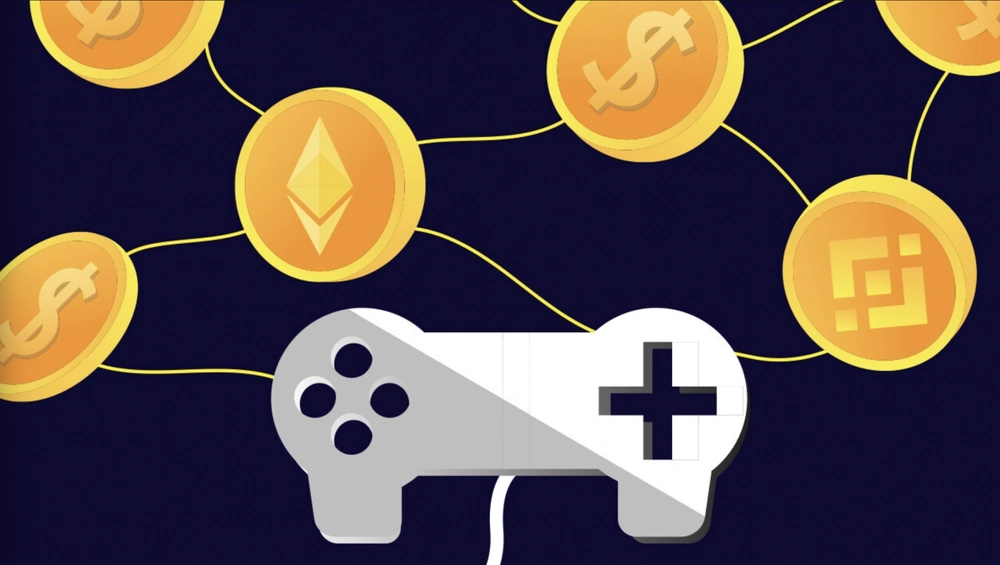
- Security: Crypto gaming involves transferring digital assets on blockchain networks that may be vulnerable to hacking or theft. For example, some crypto wallets or exchanges may be hacked or compromised by malicious actors who could steal users’ funds or data. Some crypto games may also have bugs or glitches that could result in loss of assets or unfair outcomes. For example, some players of The Sandbox have reported losing their land parcels due to technical issues.
- Usability: Crypto gaming requires users to have some degree of technical knowledge and familiarity with blockchain concepts such as wallets, keys, transactions, smart contracts etc. This can create a high barrier to entry for many casual or novice gamers who may find crypto gaming too complex or confusing. For example, some users may struggle with setting up their wallets or verifying their transactions on blockchain explorers.
- Scalability: Crypto gaming relies on blockchain networks that may have limited capacity or speed to handle large volumes of transactions or users. This can result in high fees or long wait times for users who want to play or trade their assets on crypto games. For example, some users of Star Atlas have complained about high gas fees or slow loading times when interacting with the game.
Also read: How to write the best guest post for a crypto site
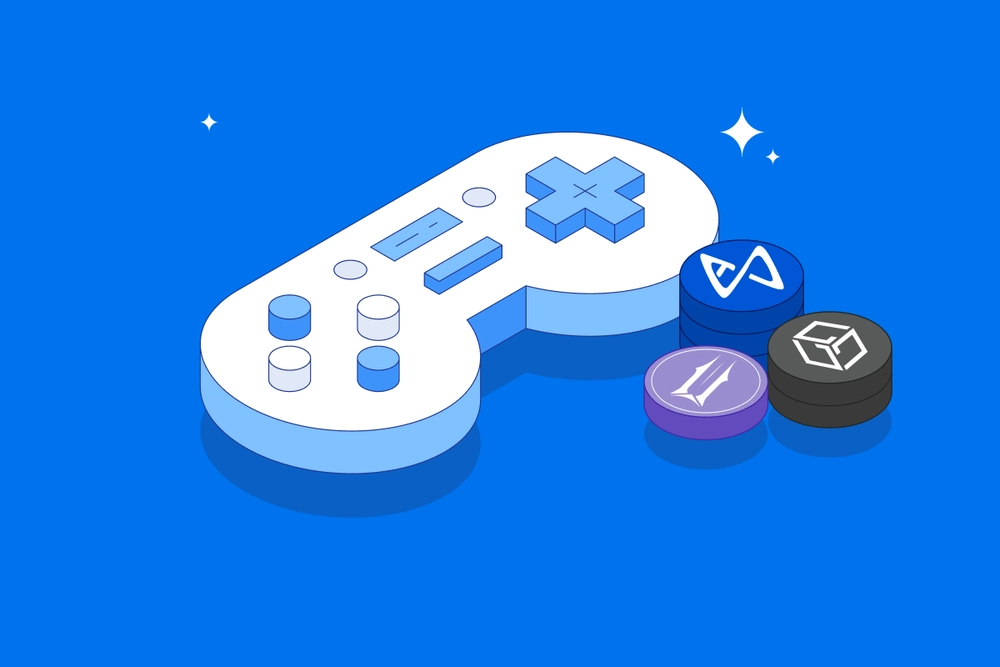
These challenges are not insurmountable but require innovation and collaboration from various stakeholders in the crypto gaming industry. Some possible solutions include:
- Stablecoins: Stablecoins are cryptocurrencies that are pegged to fiat currencies or other assets to maintain a stable value over time. They can help reduce the volatility risk for crypto gamers by providing a more predictable medium of exchange or store of value for their in-game assets or rewards.
- Compliance: Compliance is the process of adhering to the laws and regulations that apply to crypto gaming activities in different jurisdictions. It can help reduce the legal risk for crypto gamers by ensuring that they follow the rules and avoid penalties or sanctions from authorities.
- Security: Security is the process of protecting digital assets from unauthorized access or theft by using encryption techniques or other measures. It can help reduce the security risk for crypto gamers by ensuring that they store their funds or data safely and securely on reputable platforms or devices.
- Education: Education is the process of providing information and guidance to users on how to use crypto gaming platforms or services effectively and efficiently. It can help reduce the usability risk for crypto gamers by helping them understand how blockchain works and how to interact with it smoothly.
- Layer 2 solutions: Layer 2 solutions are technologies that operate on top of existing blockchain networks to enhance their performance or functionality without compromising their security or decentralization. They can help reduce the scalability risk for crypto gamers by enabling faster or cheaper transactions or interactions on crypto games.
By addressing these challenges with these solutions (or others), crypto gaming can overcome its current limitations and achieve its full potential as a new trend in the gaming industry.
Crypto gaming is a term that refers to games that use blockchain technology, cryptocurrencies, and non-fungible tokens (NFTs) to create new experiences for players.
Crypto gaming can offer benefits such as play-to-earn, ownership and scarcity, interoperability and innovation for players, as well as new opportunities and challenges for developers.
